Description: Electronics retailer Best Buy is recalling one million pressure cookers after 17 customers have experienced burns. Best Buy will not provide replacements or refunds if your return the item to the store. Rather, the company insists consumers register online to receive satisfaction.
Date: October 27, 2023
Source: ctvnews.ca
Discussion points:
1) Have you ever had a consumer item that was recalled due to a safety issue?
2) If you were a senior financial officer at a company in a situation like this, how would you advise management to proceed?
3) In chapter five of Wiley’s Financial Accounting: Tools for Business Decision-Making we saw a discussion on refund liabilities. On page 10-10 we see a discussion of a particular provision that would be germane to Best Buys. What is the example given there?

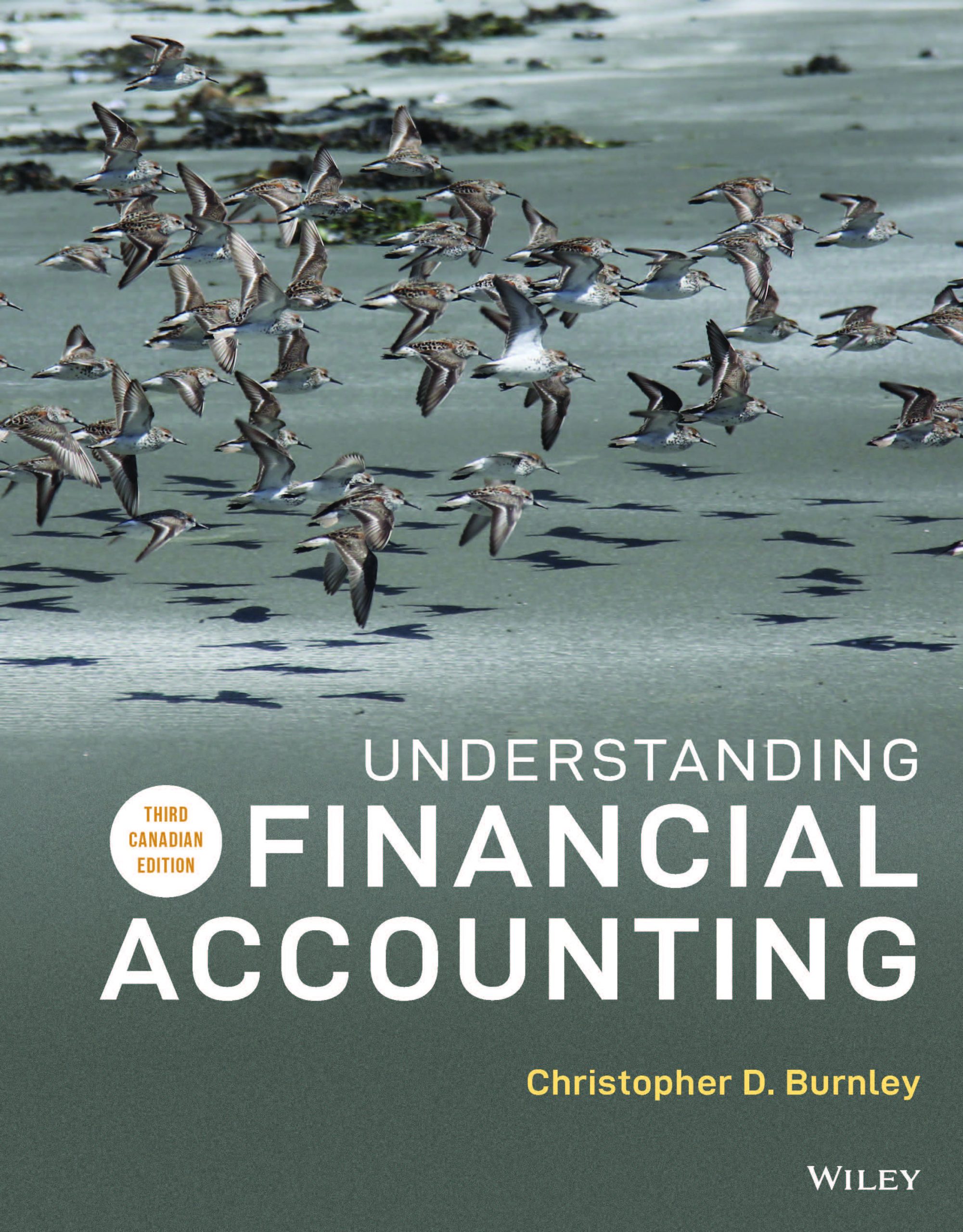
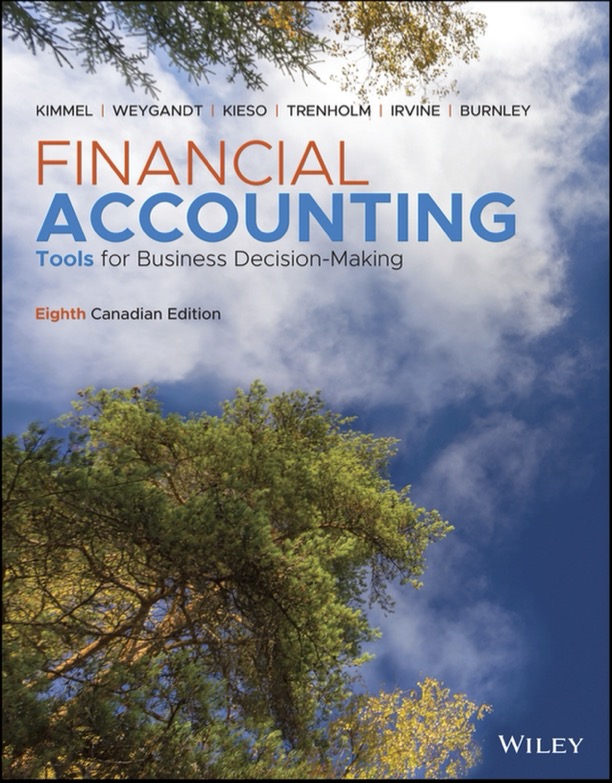
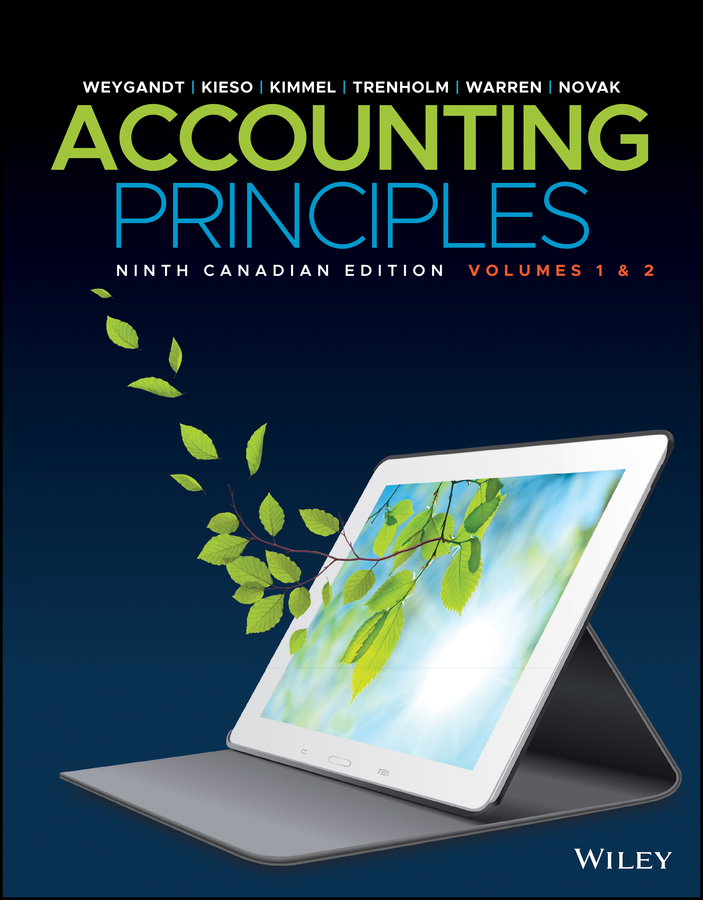

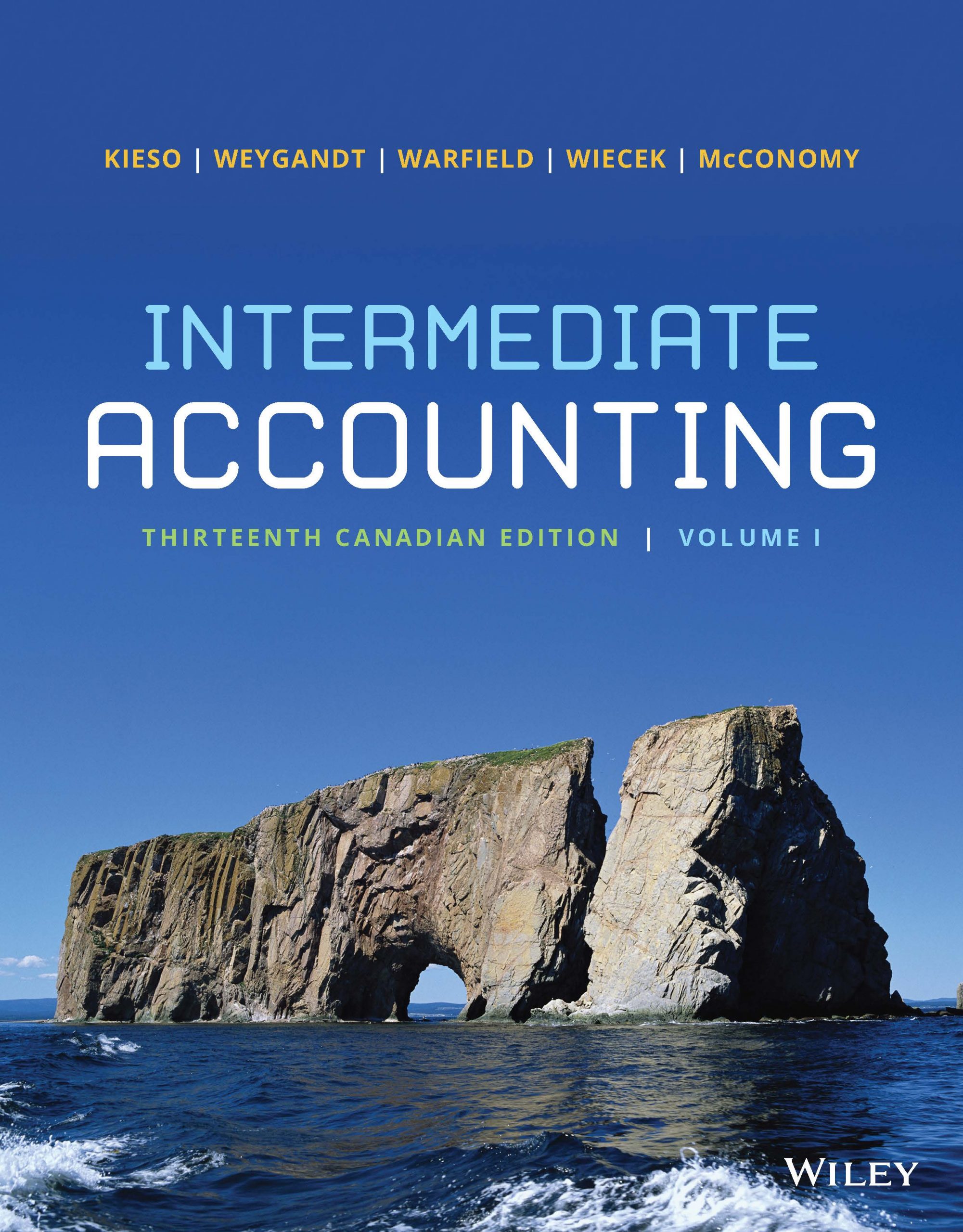
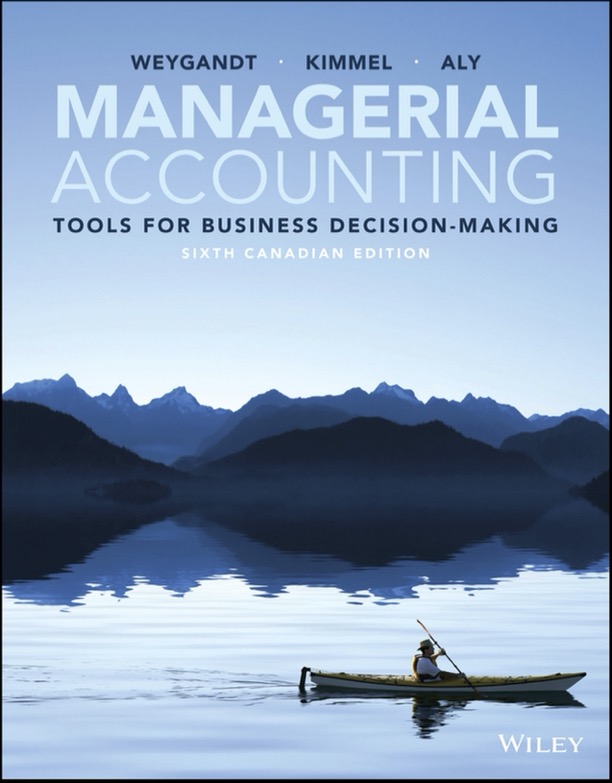


Cecilia Anderson, Spencer Joudry, Janan Anvar, Andrew Kenneth
1) Yes, I’ve had (or heard of from my parents) various items that were recalled due to safety issues or reasons. I find the most common recall (or at least most common personally) has been groceries or food getting recalled for various reasons. This past summer even, I remember a box of trail mix purchased from Costco getting recalled for having something wrong or toxic about the plastic wrapping/pouches that it was in and as soon as the recall got put out they offered to reimburse everyone or at least have customers exchange it.
2) If I was a senior financial officer at a company with something like this, I would advise management to proceed in a way that shows we truly value the consumers needs. No one likes getting items recalled and customers hate even more when it is dealt with in a ‘lazy’ way. In order to keep everyone (especially the customers) happy, making the process easy by maybe making fright costs apart of FOB destination and allowing customers to come in and get refunded or exchange their items would be the best way. As I don’t think the customers should feel punished or upset for our mistake.
3) In chapter 5, the discussion we see on refund liabilities that is germane to best buys is the topic of fright cost. The example given is FOB destination and FOB shipping point. Where in FOB destination the seller owns the goods until they are delivered, and are responsible for any damage or loss along the way.
However, the fright cost process we can assume Best Buy was using, is FOB shipping point. Where the buyer gets full ownership at the time of purchase and is responsible for any fright costs along the destination.
Spencer Desveaux, Abdul Haruna, Daniel Spears, Broderick Richardson
1) Have you ever had a consumer item that was recalled due to a safety issue?
Most of us have never experienced having an item of ours being recalled due to a safety issue but one of us said he remembered as a kid having one of his toys being recalled.
2) If you were a senior financial officer at a company in a situation like this, how would you advise management to proceed?
We all are not sure how that is possible for Best Buy to not provide any sort of replacement or refund on the item when it is clear they are at fault. If we were a senior financial officer we would advise management to provide some sort of reimbursement. We want to retain our customers and recalling one million pressure cookers after customers have been getting burned by our product is not the way to do so.
3) In chapter five of Wiley’s Financial Accounting: Tools for Business Decision-Making we saw a discussion on refund liabilities. On page 10-10 we see a discussion of a particular provision that would be germane to Best Buys. What is the example given there?
In the textbook, they use Interfor as an example for discussing certain provisions and how to record liabilities.
Spencer Desveaux, Abdul Haruna, Daniel Spears, Broderick Richardson
1)
Most of us have never experienced having an item of ours being recalled due to a safety issue but one of us said he remembered as a kid having one of his toys being recalled.
2)
We all are not sure how it is possible for Best Buy to not provide any sort of replacement or refund on the item when it is clear they are at fault. If we were a senior financial officer we would advise management to provide some sort of reimbursement. We want to retain our customers and recalling one million pressure cookers after customers have been getting burned by our product is not the way to do so.
3)
In the textbook, they use Interfor as an example for discussing certain provisions and how to record liabilities.
Group 14
1) Have you ever had a consumer item that was recalled due to a safety issue?
No, we have never had a consumer item that was recalled due to a safety issue.
2) If you were a senior financial officer at a company in a situation like this, how would you advise management to proceed?
We would advise management to proceed by prioritising safety and consumer well-being, initiate an immediate and comprehensive recall, investigate the root cause of the issue, communicate openly and transparently with customers, regulators, and the public, allocate financial provisions for the recall and potential liabilities, and focus on the product safety improvements to prevent recurrence. As well coming up with a plan reimburse customers with either a new product or their money back.
3) In chapter five of Wiley’s Financial Accounting: Tools for Business Decision-Making we saw a discussion on refund liabilities. On page 10-10 we see a discussion of a particular provision that would be germane to Best Buys. What is the example given there?
The example that is given is about how warranty is a problem in companies because the estimate of warranty provisions is not accurate. As well companies spend too much on repairing products. And lastly the company may fail to identify the root cause of the defect that causes customers to make a warranty claim.
Olivia McCray
Cortrell Colley Simmonds
Laura Leblanc